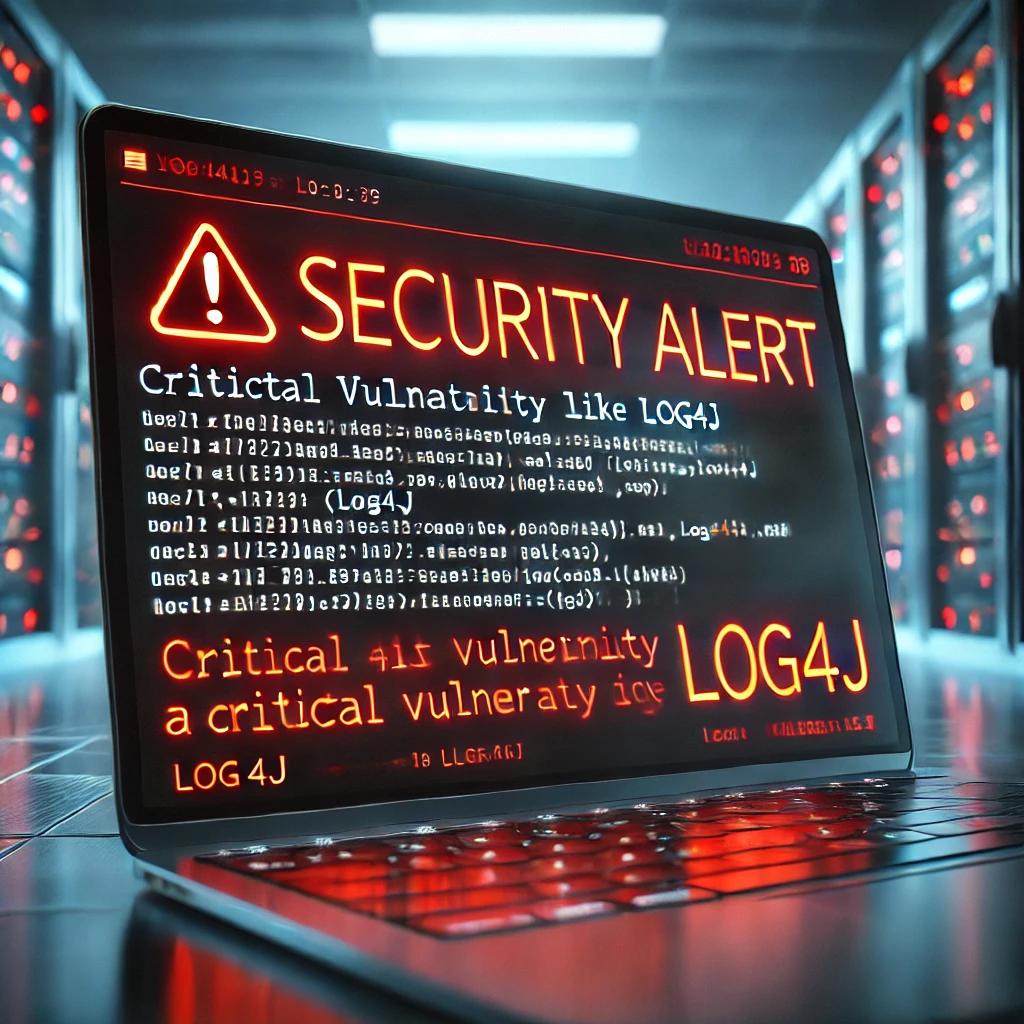
Log4Shell: The vulnerability that shook the world of software development
Autored by Hervé Beraud on 10 October 2024
A comprehensive approach to evaluating your technology stack and preventing the next big security crisis.

A comprehensive approach to evaluating your technology stack and preventing the next big security crisis.
In December 2021, a critical security vulnerability named Log4Shell was discovered in the Log4j library, a logging tool widely used in Java applications around the world. Identified as CVE-2021-44228, it was quickly labeled as one of the most severe of the decade. The NIST (National Institute of Standards and Technology) gave it a score of 10/10 on the CVSS (Common Vulnerability Scoring System), marking its maximum level of severity.
What seemed like an ordinary logging management tool suddenly became a potential entry point for attacks. Log4j, essential for many Java applications, exposed critical infrastructures to a significant risk. If you were using Log4j in your projects, you probably remember the frenzy that followed.
After the vulnerability was discovered, many attacks targeted unpatched servers. You likely asked yourself at the time, “Is my system vulnerable?” Giants like RedHat, Amazon Web Services (AWS), Microsoft Azure, and Google Cloud quickly issued urgent alerts. But beyond the patches, this incident raised a broader question: how could such a widespread and reliable technology cause such disruption?
The financial costs were substantial for many companies, and technical teams—perhaps yours—had to respond quickly to fix the flaw and protect critical infrastructures. Service interruptions and successful attacks resulted in significant losses. But could this crisis have been avoided?
The Log4Shell incident was a reminder to everyone about the importance of anticipation. A widely adopted technology can sometimes reveal unexpected vulnerabilities. So, what can you do to avoid being caught off guard next time?
By adopting an integrated approach to evaluating technologies, you can identify issues before they become critical. This methodology helps you assess your tools from multiple angles—technical, financial, ethical, and even environmental—so you can make informed decisions and avoid unpleasant surprises.
Before starting your evaluation, ask yourself this question: do you evaluate your technologies holistically, or do you focus only on one aspect, such as security or cost? A problem rarely arises in just one area. By analyzing at least two criteria, you can spot warning signs and avoid interpretative bias.
For example, had you evaluated Log4j before the Log4Shell incident, you might have identified that:
These signs could have alerted you and encouraged proactive measures. A multidimensional approach helps you better anticipate risks.
Here are a few essential areas to consider when evaluating your technologies. Whether you’re a developer or a manager, have you thought about evaluating technologies in this way?
The Log4Shell case is a reminder: could your projects face a similar risk? Every developer and technical team must adopt constant vigilance in the selection and management of their technologies. Don’t wait for the next crisis to react.
Don’t wait for the next crisis to act. Use this evaluation grid today to ensure that your technologies are robust, secure, and ready for the future.